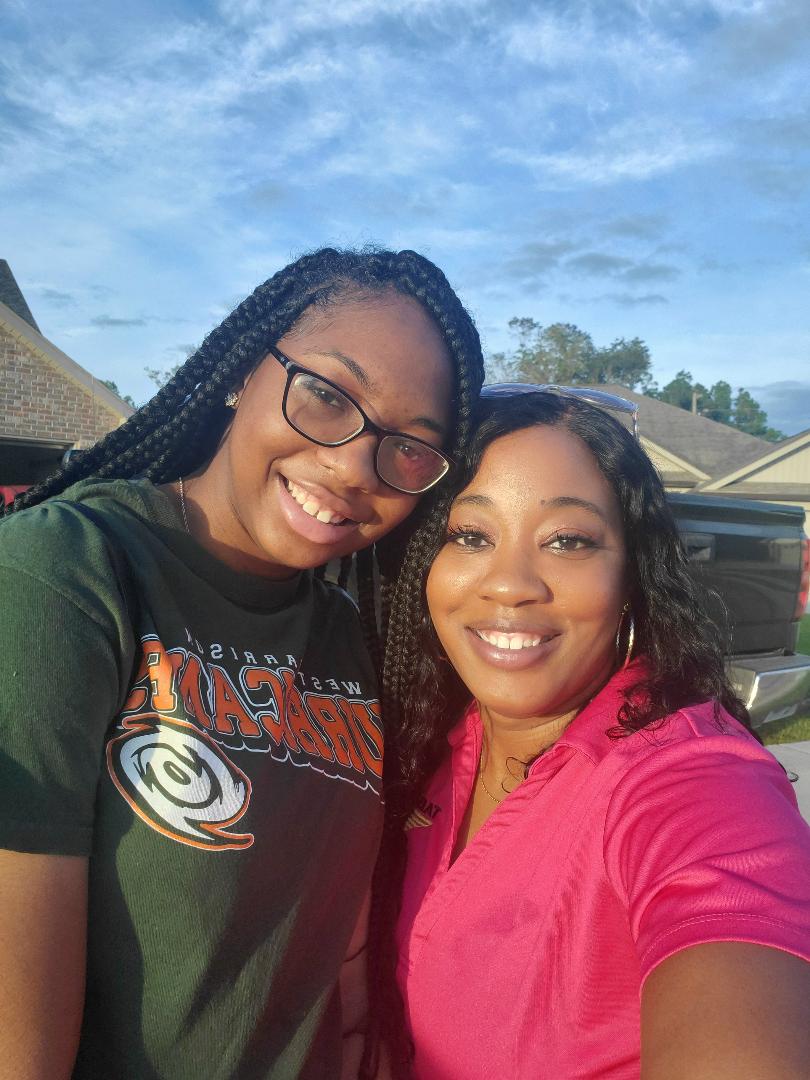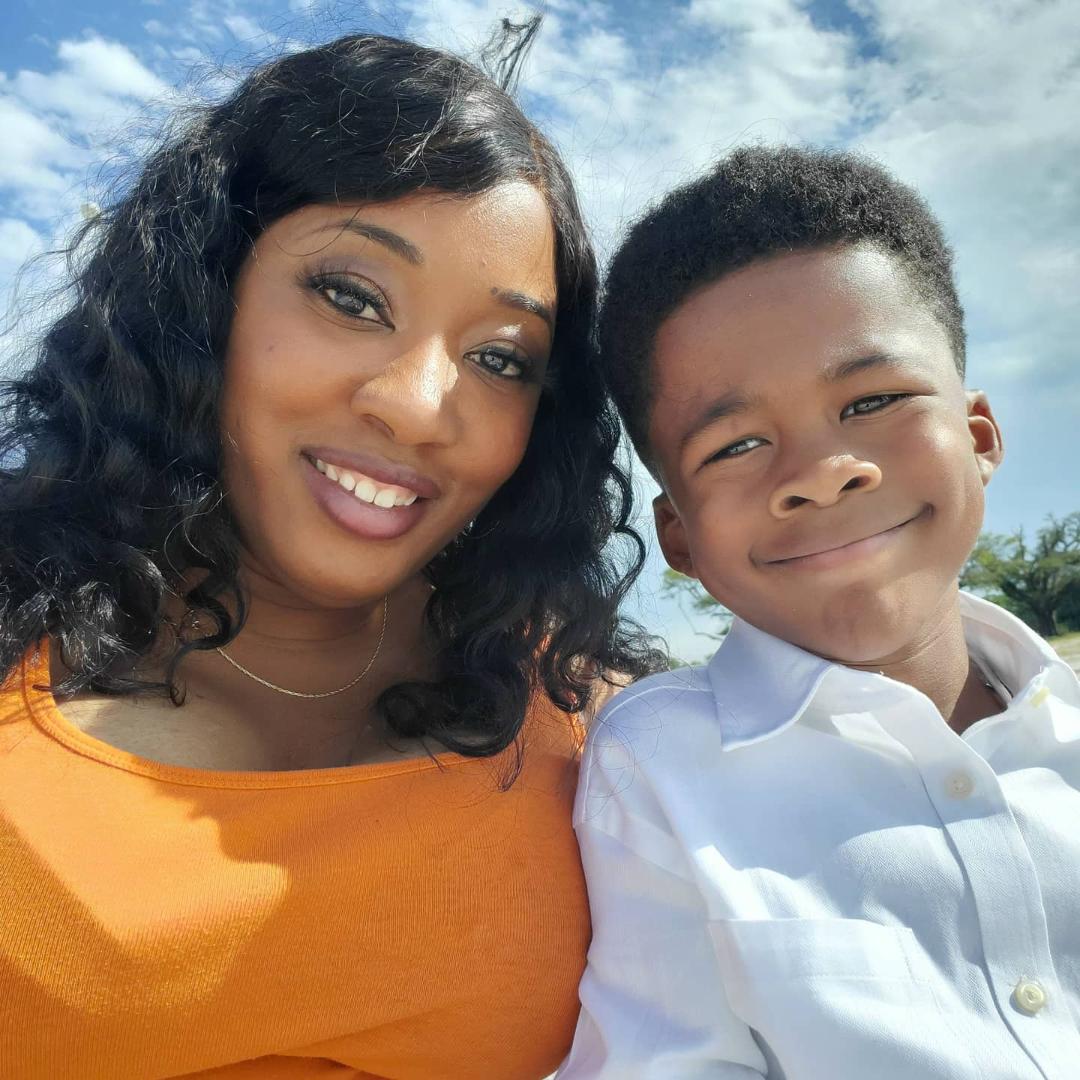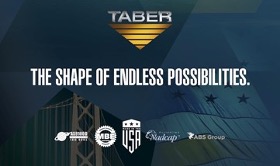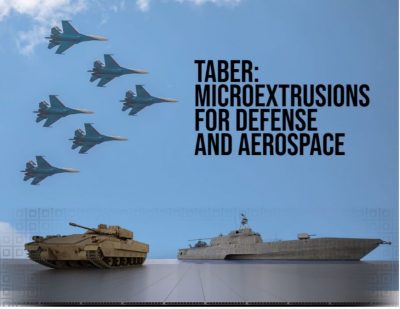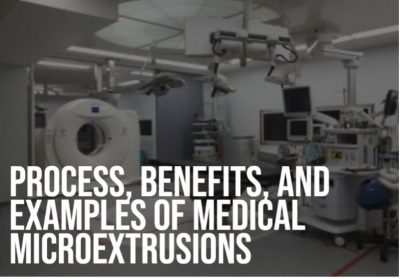In Focus Spotlight: Meet Aundrea Clayton

Name and Formal title at Taber
Aundrea Clayton, Talent Acquisition & Retention Specialist
What are your job duties & responsibilities?
Attract, recruit and guide candidates through the selection process; work with managers and supervisors to continuously improve the overall employee experience to drive retention and support turnover/stability goals. This gives the opportunity to really get to know our employees.
Where did you work prior to Taber; same industry or something totally different?
I have worked in the workforce development field for more than a decade. I am a certified Career Development Facilitator and I partnered with Taber for years in my previous position to provide staffing solutions.
What do you hope to bring to Taber in terms of leadership and company culture through your role?
In my position I am able to really get to know our employees and provide support. I am the first member of Team Taber that new employees speak and meet with, and I work diligently to ensure our employees feel valued and respected. All of us at Taber work to embody our core values of stewardship, ownership, integrity, and respect. My hope is that employees see me as someone who cares about them and about the success of Taber.
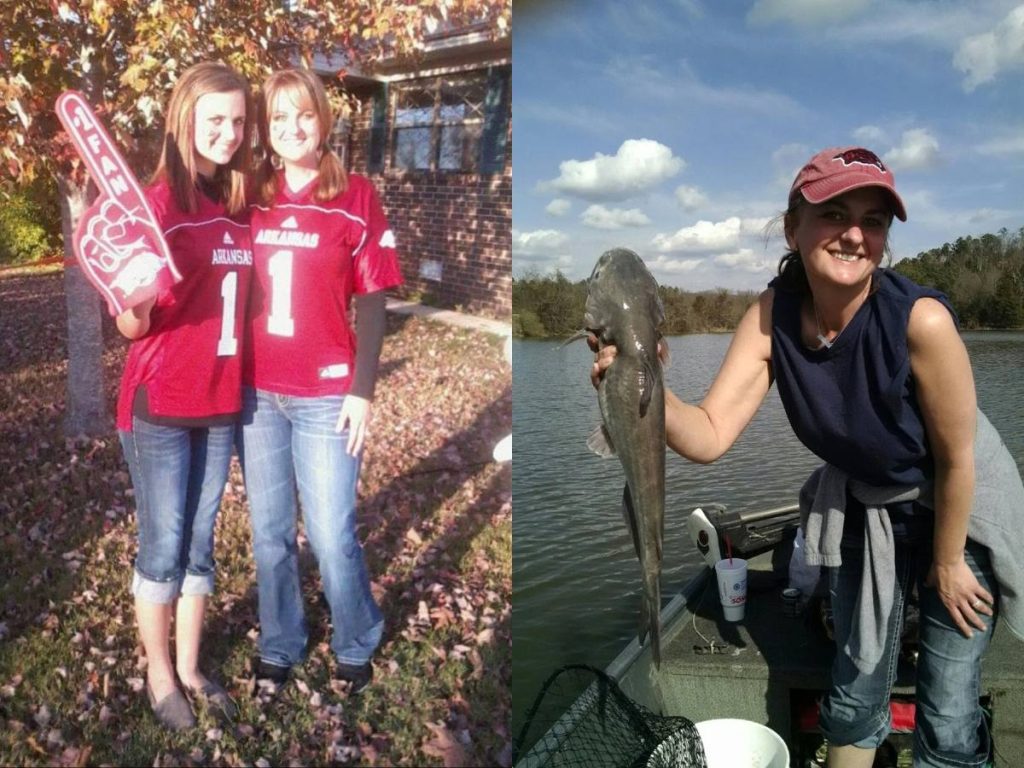
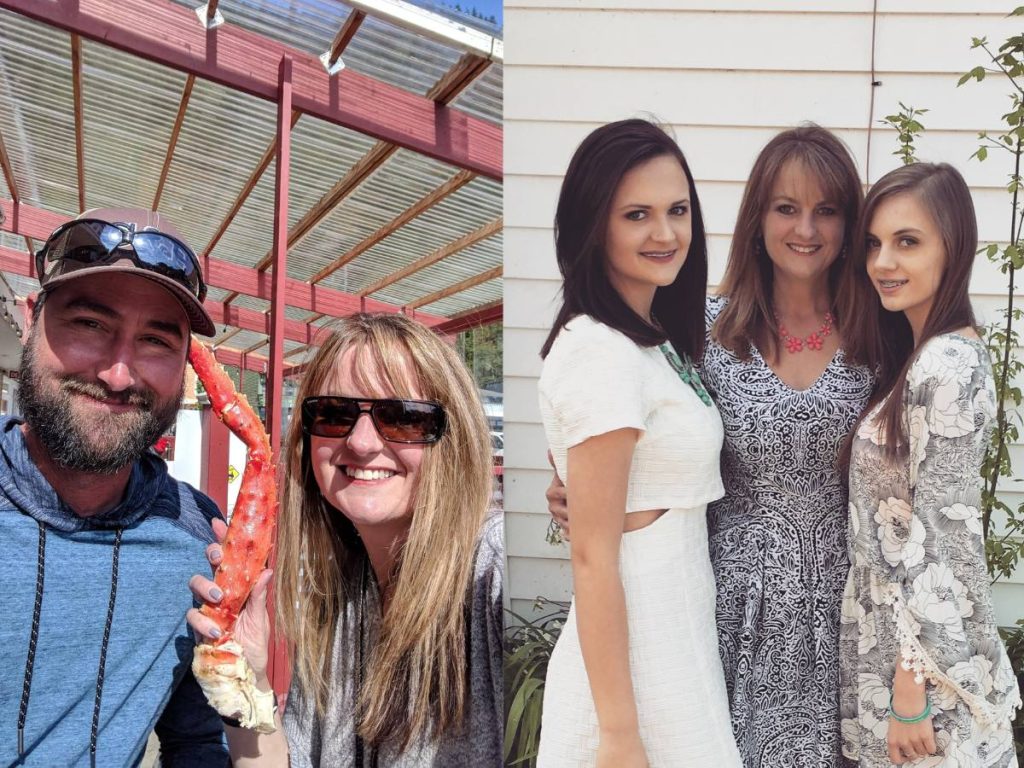
When you’re not at work, what would we find you doing?
When I’m not at work, you would find me spending time with my family. We enjoy the outdoors and just spending time hanging out. During college football season you would find us watching the Hogs play…WPS! I also help coach my grandchildren’s sports teams.
Hometown?
I was born and raised here in Pope County. I am a graduate of Dover High School and Arkansas Tech University.
Family? Children?
Family is my priority! My parents are a big part of my life, my husband was one of my best friends growing up and still is today. We have 2 grown daughters; Madison and Delaney and 4 of the most amazing grandchildren; Blakeleigh, Aubree, Phoebe and Treat.
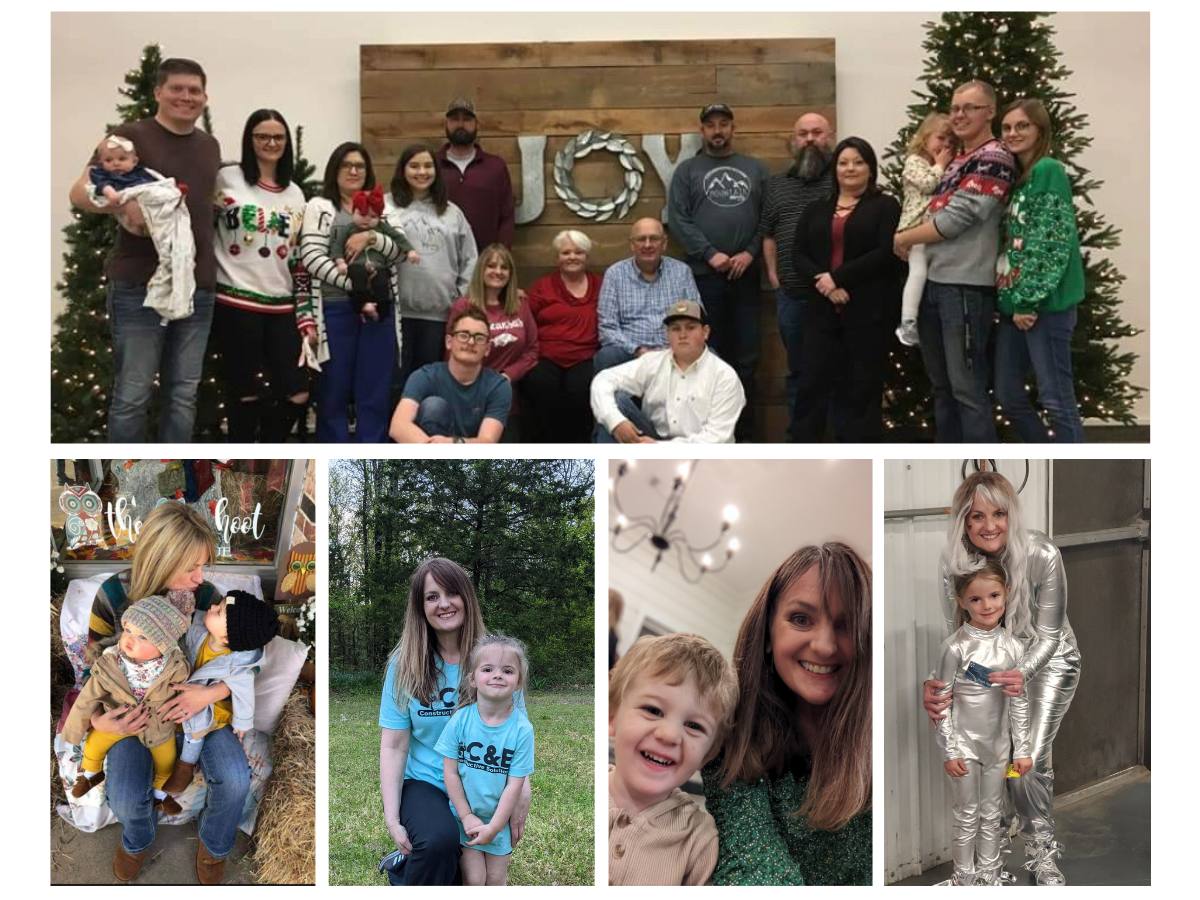
Favorite part about working for Taber so far?
My favorite part about working at Taber is definitely the people! This is the part of my job that is so much fun, I am able to get to know our employees. We have some of the hardest working individuals in the Arkansas River Valley. I am proud to have the opportunity to work with this team.
What sets Taber apart from other companies that deliver the exact same things?
We are constantly working towards improvement. In my role, I am able to recruit not only hardworking, skilled candidates but also those who have a positive attitude and embody our core values.
Taber is growing rapidly. Any advice for those looking to join the Taber team?
I would say, get to know Taber! At Taber you have a voice that will be heard by leadership. If you are hardworking and want to be a part of a great team, take a look at what we have to offer!
What do you think the future holds for Taber?
I see a strong future for Taber which includes growth and continuous improvement.
More About Taber Extrusions:
Founded in 1973, Taber Extrusions originally pioneered a process for extruding rectangular billet which enables the company to extrude solid profiles up to 31 inches wide or hollows up to 29 inches. Taber expanded with the purchase of an extrusion facility in Gulfport, MS, in 1995 which houses a new state-of-the-art cast house and two additional presses, microextrusion capabilities, and the fabrication area has been expanded multiple times.
Taber continues to extrude billet in a wide range of alloys and sizes and has diversified its markets beyond military since its inception to include aerospace, automotive, marine, infrastructure, and sporting goods, among many others. For these markets, the company supplies cast and extruded products in a variety of soft and hard alloys.
Today, Taber Extrusions has completed the addition of in-house friction stir welding capabilities, and carries on their offering of extruded aluminum components, value-added machining services, and raw material supply to the North American market – making them a vertically integrated supplier of FSW panels and assemblies never before seen in North America.
Follow Taber Extrusions
LINKEDIN: https://www.linkedin.com/company/8843183/
FACEBOOK: https://www.facebook.com/taberrecruitment
FACEBOOK: https://www.facebook.com/taberextrusions/
TWITTER: https://twitter.com/taberextrusions
Learn about other team members of Taber Extrusions through our In Focus Spotlight.
Interested in becoming a part of the Taber Team? Submit your resume to careers@taberextrusions.com.
Become a customer today! Visit us or request a quote: https://taberextrusions.com or call us at (888) 985-5319.


